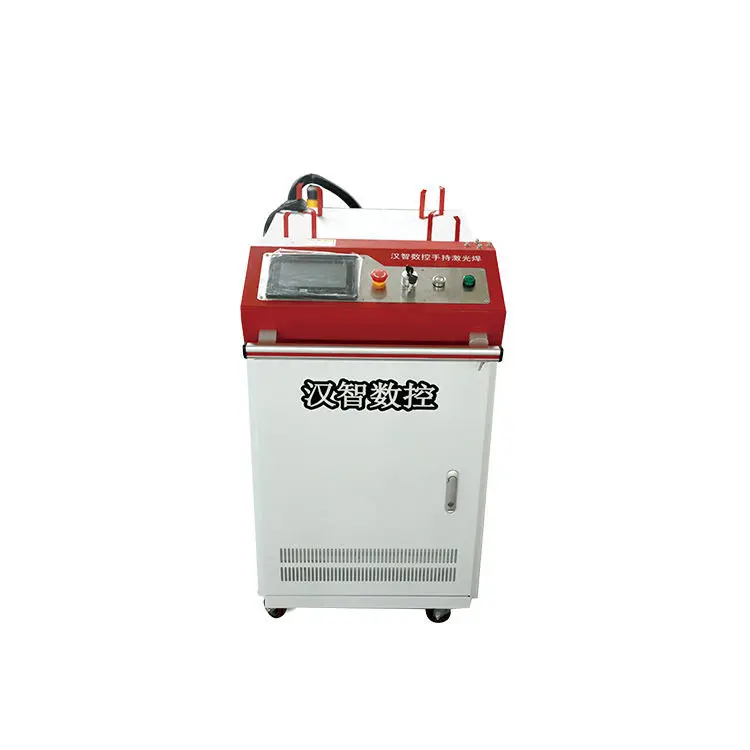Introduce:
In the world of metal fabrication and welding, two well-known techniques have become popular choices for joining various metals together – laser welding and TIG welding. While both processes provide efficient and precise welding solutions, they differ significantly in their approach. In this article, we delve into the intricacies of these technologies and shed light on aspects that are unique to them.
Laser welding:
Laser welding is a state-of-the-art technique that uses high-powered laser beams to join metals together. The process involves directing a concentrated beam of light at the workpiece, which melts and fuses the material. This technology is known for its superior welding speed, precision and minimal thermal distortion. Laser welding machines are equipped with advanced optics and precision positioning systems to ensure flawless welds every time. Furthermore, the automated nature of the process makes it well suited for large-scale production and industrial applications.
Argon arc welding:
TIG (tungsten inert gas) welding, on the other hand, relies on an electric arc to create the weld. The process involves the use of tungsten electrodes that create an arc while individual filler metals are manually added to form the weld pool. TIG welding machine is versatile and can be used to weld a variety of metals, including stainless steel, aluminum and copper. The technology provides excellent control of heat input and high weld quality, making it popular in aerospace, automotive and artistic applications.
Advantages of laser welding machines:
1. High precision and accuracy: Laser welding is known for its precise and accurate welds, ensuring minimal material deformation and a visually appealing finish.
2. Speed and Efficiency: Laser welding machines are incredibly fast, increasing productivity and reducing production time.
3. Versatility: Laser welding can be used on a variety of materials, including dissimilar metals, making it suitable for a wide range of applications.
4. Minimal Heat Affected Zone (HAZ): The concentrated laser beam minimizes heat input, reducing the size of the HAZ and avoiding damage to surrounding areas.
5. Automation: Laser welding is a highly automated process that reduces manual labor and enhances repeatability.
Advantages of TIG welding machine:
1. Versatility: TIG welding is compatible with many metals, making it the first choice for welding aluminum, stainless steel and other exotic metals.
2. Controlling heat input: TIG welding allows welders to control and adjust heat input, thereby improving weld quality and reducing distortion.
3. Aesthetics and Cleanliness: TIG welding produces clean and aesthetically pleasing welds, making it suitable for applications where appearance is critical.
4. No spatter: Unlike other welding processes, TIG welding does not produce spatter, and does not require excessive cleaning and post-weld finishing processes.
5. Manual dexterity: TIG welding requires manual control and skill and is therefore the first choice for complex welding and artistic applications.
In conclusion:
Both laser welding and TIG welding offer excellent welding solutions, but their suitability depends on the specific requirements of each project. Laser welding excels in speed, precision and automation, while TIG welding excels in versatility, thermal control and aesthetics. Understanding the advantages of each technology will help individuals and industries make informed decisions when choosing between laser and TIG welding machines.
Post time: Aug-25-2023

